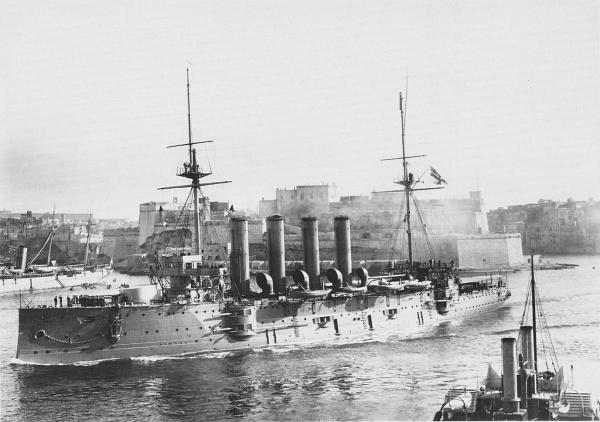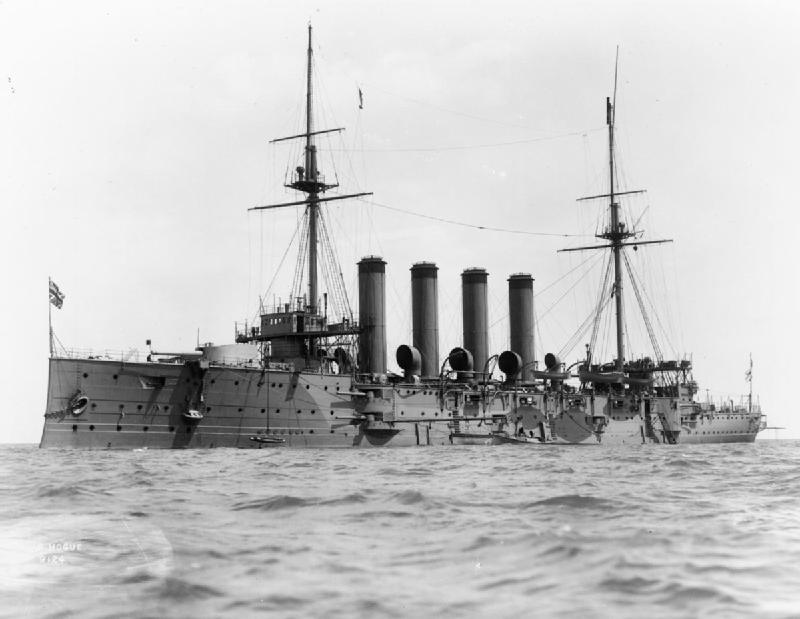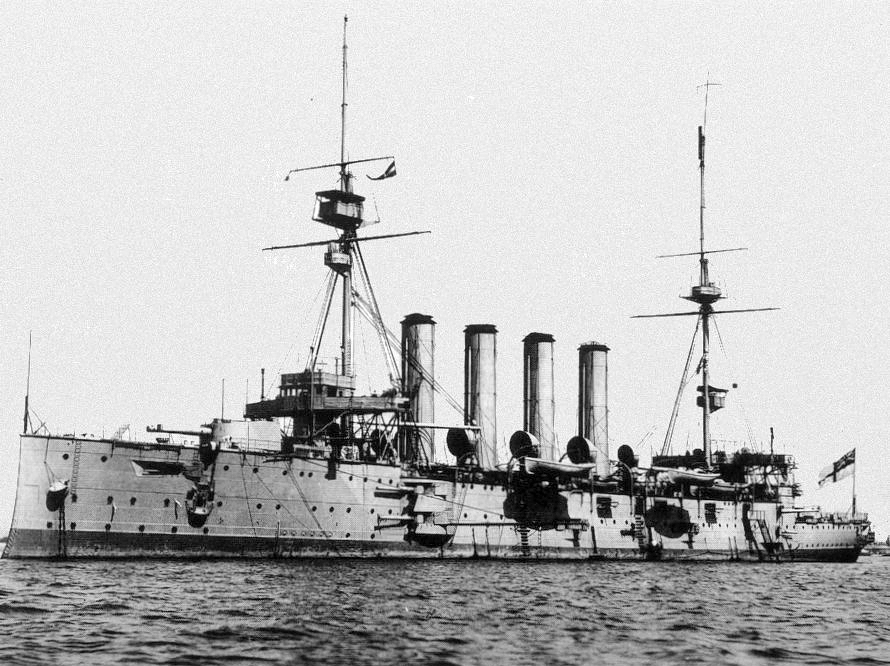Aboukir, Cressy and Hogue
The Background

One hundred years ago today, on the morning of 22 September 1914, three rather aged cruisers patrolled the waters of the southern North Sea. The British vessels – the HMS Aboukir, Cressy and Hogue – were part of the Royal Navy’s 7th Cruiser Squadron and were on the lookout for enemy vessels that might be attempting to gain passage into the Channel. One gun on the side of each ship was manned and the crew, which comprised of men of the Royal Naval Volunteer Reserve many drawn from the ranks of the coastguard, were on guard for approaching threats.

At 6.20 am an explosion ripped through the bow of the Aboukir, flooding the hull and disabling the steam pumps making it necessary to lower the lifeboats. The sudden attack and complete absence of visible threat, combined with his knowledge of naval warfare, led the ship’s Captain John Drummond to the conclusion that the vessel had struck a mine. Perceiving no further threat he signalled to the Cressy and the Hogue to close and rescue men from the rapidly sinking ship. The crew of the Hogue threw anything buoyant over the side of their vessel to provide refuge for men falling into the water when they spotted the real cause of the Aboukir’s fate. German submarine U-9 had surfaced on the water nearby. The Hogue opened fire though it was already too late. The U-9 had fired two further torpedoes at the Hogue, and it was the loss of their weight that had caused the submarine to surface briefly before adjusting its buoyancy to return once more beneath the waves.

The Hogue was lost, sinking at 7.15, just thirty minutes after the Aboukir. The Cressy, the only vessel still afloat, was now acutely aware of the danger that presented itself. Whilst attempting to assist those men in the water who had not yet perished, the Cressy opened fire on the submarine and attempted to ram it, though both endeavours failed.
At 7.15 the first torpedo struck the Cressy, at 7.30 a second hit target, and by 7.45 the Cressy lay upside down, capsized in the water.
The attack took little over an hour but led to the deaths of nearly 1500 men, many of whom were cadets or reservists.
The future
The vessels lay in an area of the Southern North Sea called the Broad Fourteens, closer to the Netherlands than to the UK. They were sold by the Ministry of Defence during a period of economic austerity in the 1950s to a German firm and in 2011 it was reported that Dutch salvage crews had moved in to recover the submerged remains, not with archaeological rigour, but with claws and cutters, removing valuable metals and leaving the rest to rot. One hundred years after their sinking, the vessels still remain in the public eye as the recovery of material from them constitutes the disturbance of the resting place of not only the three vessels, but also the 1500 men who perished with them. This has been met with international outcry amongst the archaeological and military communities. Today a commemoration service is taking place at Chatham Historic Dockyard. Let us hope that this raises public consciousness as to the fate of these vessels so that they and their crews can be treated appropriately in the future.
By Euan McNeill and Gemma Ingason
All images in public domain, source http://en.wikipedia.org/